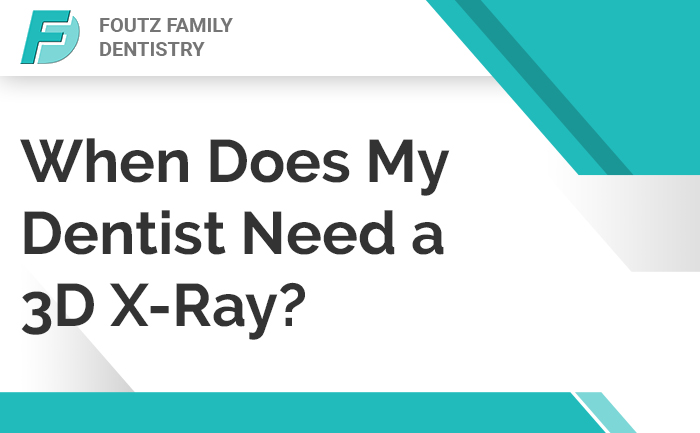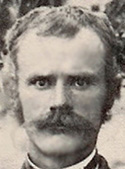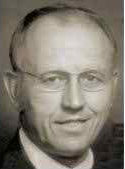
Maybe your dentist has scheduled you for a 3D x-ray, now or in the future. You might be wondering what it’s used for or why. 3D x-rays (also known as miniature cat scans) are great diagnostic tools that can help dentists find out much more about your mouth than the typical dental x-ray. Keep reading to find out more!
What are 3D X-Rays?
As with most 3D imaging in medicine, 3D x-rays are used in dentistry because they provide much more detailed insights. Using a collection of photos or snapshots from your mouth, a machine that is capable of 3D imaging can put these images together to create a three-dimensional model of your mouth.
3D imaging gives dentists a much clearer understanding of your mouth, so they can better diagnose or make treatment plans for you based on your unique jaw and teeth. With the 3D composite, your dentist can zoom into one tiny area to get a very detailed look or zoom outward to understand the full picture of your mouth.
The Many Benefits of 3D X-Rays
Due to 3D x-rays providing much better and more holistic insight into someone’s dental health, they can be used to much greater effect with patients. There are multiple ways in which a 3D x-ray can be used in dentistry.
For one, if you have TMJ, a dentist may perform a 3D x-ray to better understand how your jaw and teeth fit together and create a treatment plan that is personalized just for you. If getting dental implants, 3D x-rays can help an oral surgeon understand where exactly the best place is to put the implants in your unique smile.
In the case of a root canal, performing a 3D x-ray can help your dentist better perform your procedure. Sometimes, orthodontists will use 3D x-rays to understand where your teeth currently sit and decide on where you want them to be adjusted.
In a broader sense, 3D x-rays provide a much better experience for the patient. While on a traditional 2D x-ray, the image can be blurry and hard to explain to an untrained eye, three-dimensional x-rays provide clear and crisp images that any patient will understand. These easy-to-understand x-rays open the line of communication between patient and provider, so you can work together to create a treatment plan.
Apart from being easier to understand from a patient’s perspective, 3D x-rays can also offer a much more detailed look into a patients mouth, therefore allowing for more targeted care. during a traditional x-ray, certain bites will be off, or images will come out blurry, and you may need multiple retakes.
Another great feature of the 3D x-ray is that the need for retakes is dramatically reduced. Since these x-rays are able to produce a panoramic view of your mouth with just one image, the need for retakes is uncommon, resulting in less time spent in the chair for the patient. In general, the process of a 3D x-ray is quicker than a traditional 2D x-ray and will be more comfortable for the patient.
In Conclusion
3D x-rays are an amazing advancement in dentistry. They are quick, efficient, detailed, and interesting. Patients will enjoy how easy they are to understand. Dental professionals benefit from the many insights they can gain in just one short 3D imaging of your mouth. 3D x-rays do not hurt or cause discomfort and are typically quicker than traditional dental x-rays. Due to their accuracy, 3D x-rays are much less likely to result in retakes needed. Keep smiling!









